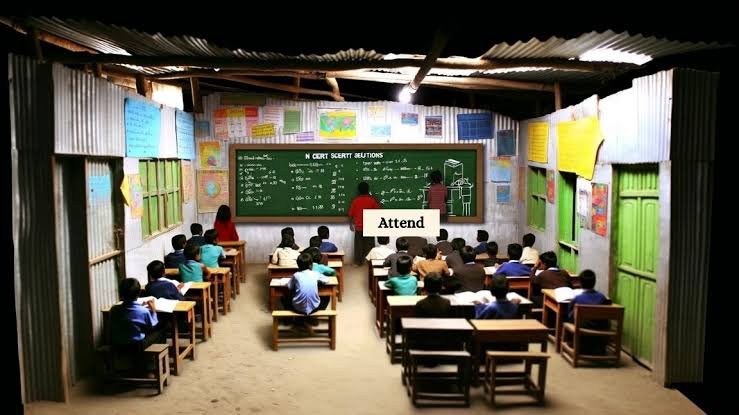The term “elementary school classroom in a slum” often invokes images of resilience amidst adversity. This concept, increasingly discussed in educational and competitive exam contexts, highlights the real challenges and systemic efforts surrounding education in underprivileged areas. For those preparing for educational examinations or seeking social awareness, multiple-choice questions (MCQs) on this topic offer both practice and reflection.
The Significance of MCQs in Educational Evaluation
Multiple-choice questions serve more than just testing tools. Not only do they enhance retention, but they also assess conceptual clarity. Especially in social studies or literature curricula, topics like classrooms in slums encourage learners to explore socio-economic disparities through objective questioning. Consequently, understanding the underlying narrative is critical before answering MCQs effectively.
Contextual Backdrop: Slum Education in Focus
Elementary school classrooms situated in slums represent a convergence of hope and hardship. Limited infrastructure, inadequate learning materials, and overcrowded spaces define these learning zones. Nevertheless, educators often display extraordinary dedication in such circumstances. They become the backbone of community empowerment.
Despite harsh realities, many children in these settings display exceptional zeal to learn. Hence, when designing or practicing MCQs, context should never be overlooked. Including background scenarios before the questions helps learners engage more meaningfully.
Sample MCQs on Elementary School Classroom in a Slum
- What is a common challenge faced in slum-based elementary classrooms?
A) Overqualified staff
B) Smartboard technology
C) Lack of basic infrastructure
D) Abundance of resources
Answer: C - How do slum classrooms generally impact children’s academic development?
A) They provide world-class facilities
B) They hinder due to environmental limitations
C) They ensure rapid tech-based learning
D) They reduce the student-teacher ratio
Answer: B - Why are stories of slum classrooms included in literature and exams?
A) To criticize educational systems
B) To highlight the plight and perseverance
C) To promote private schooling
D) To reduce textbook content
Answer: B - Which of the following is a feature of slum schools as depicted in literary works?
A) Air-conditioned halls
B) Dedicated research labs
C) Broken furniture and dim lighting
D) Well-maintained playgrounds
Answer: C
Through such questions, learners not only enhance exam preparedness but also gain empathy and critical thinking.
Literary Connections: Voices from the Margins
Often, poetry and prose depict slum classrooms to reflect societal gaps. A notable example includes Stephen Spender’s poem “An Elementary School Classroom in a Slum,” prescribed in many Indian school syllabi. It uses stark imagery to expose educational inequality. Therefore, many MCQs originate from such literary analyses, requiring comprehension of metaphor, tone, and theme.
For instance:
What does the phrase “sour cream walls” symbolize in the poem?
A) Cleanliness
B) Decay and neglect
C) Wealth and prosperity
D) Festivity
Answer: B
Understanding such symbolism is vital to accurately respond to related questions.
Using Transition Words for Better Learning Flow
To promote smoother comprehension, transition words are often included in MCQ frameworks. Words like however, therefore, consequently, and in contrast guide readers through logic and inference. In fact, using such connectors enables students to grasp nuanced distinctions between similar answer options.
Moreover, teachers crafting MCQs can benefit by embedding transition cues within question stems, ensuring clarity without oversimplifying content.
Benefits of Practicing MCQs on Slum Classrooms
- Improved Analytical Skills: Learners must infer context from limited options.
- Cultural Awareness: Questions expose the real-world scenario behind abstract topics.
- Exam Readiness: Relevant for CBSE, NTSE, and other educational boards.
Additionally, MCQs prompt discussions around inclusive education policies, thus supporting awareness-based learning models.
Conclusion: Bridging Learning and Reality
Addressing the topic of Elementary School Classroom in a Slum MCQ is more than a pedagogical exercise. It fosters awareness, compassion, and readiness. Whether you’re an educator curating meaningful content or a student preparing for exams, such MCQs offer a well-rounded approach. Embrace them not only to excel academically but to think critically and humanely.

